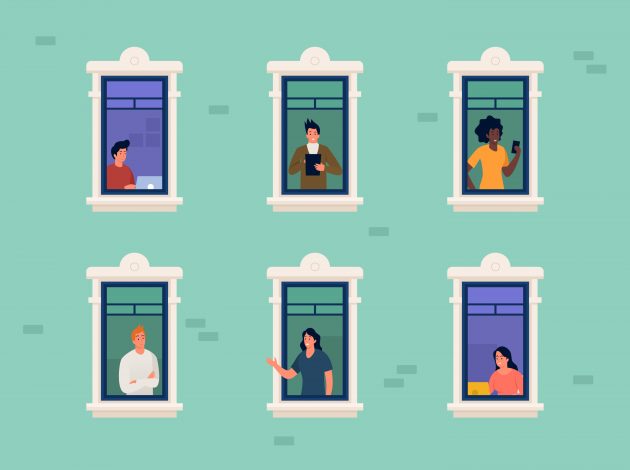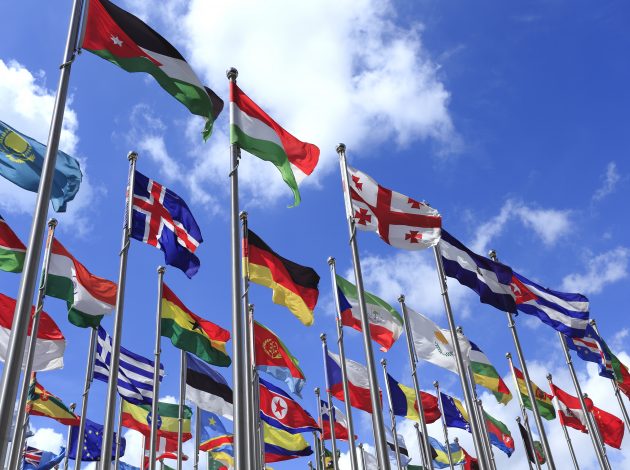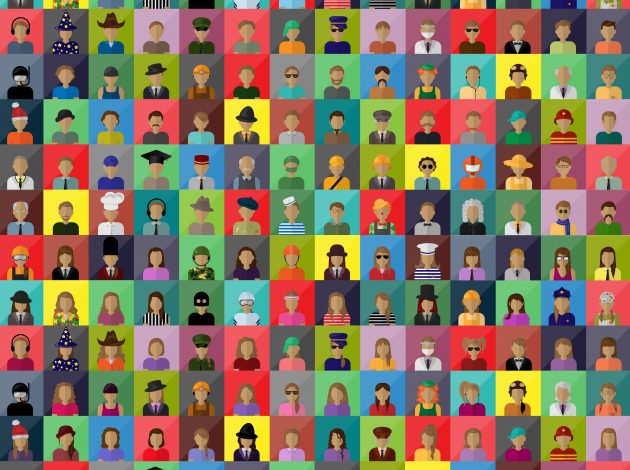New insights into life under lockdown

Over the past month, the ONS has been producing information about how society and the economy are being affected during the coronavirus pandemic. Here Iain Bell shares some of the latest insights gained from thousands of individuals and businesses across the country who are sharing their experiences with us.
Read more on New insights into life under lockdown


